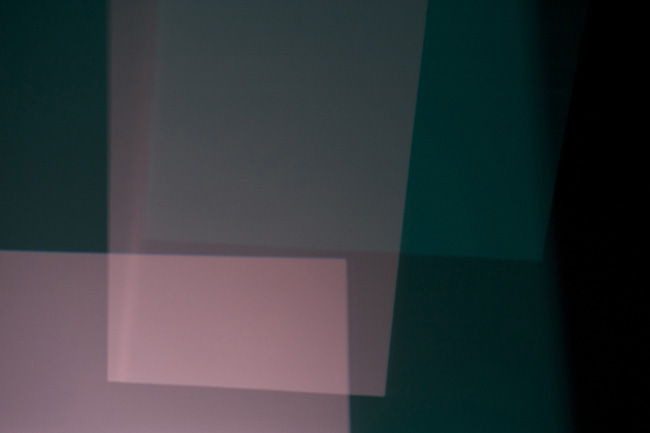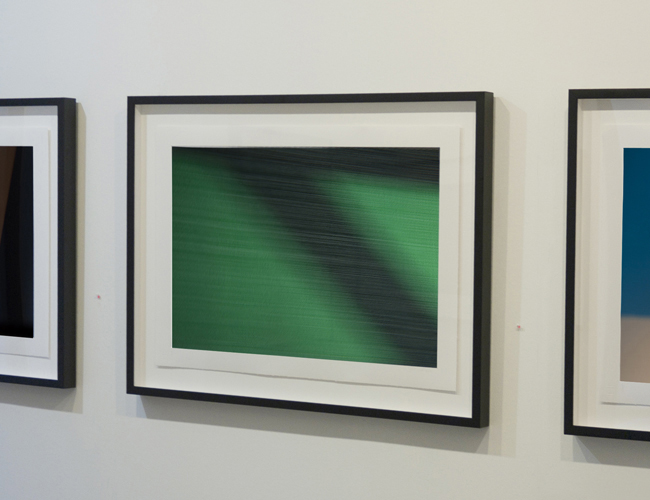Many of Steven Silverstein’s photographic works are saturated with color, at times with an illusion of depth and infinity, as seen in Iris Ray I, below. These painterly, chromatic images tug at the spirit of the mid-20th century Color Field movement, albeit photographically, created in-camera and printed on rag paper or canvas.
Iris Ray I (2013), photographic abstract work by artist Steven Silverstein. © 2013 Steven Silverstein.
While not interested in color as one defining element in his work, Silverstein nevertheless deploys both “local” and “atmospheric” colors that evoke mood and dimension. These palettes are only part of the means he uses to achieve his works. The rest are other tools of expression - forms, vibrations and spatiality.
Even so, color alone can have a strong impact on the psyche. Although reactions are personal and grounded in cultural experience, researchers have discovered that blue, for instance, tends to be universally reassuring and dependable, a constant in our lives, as it perpetually surrounds us in the sky and for many, the sea. Most blues are perceived as calming and relaxing, however, some hues in the blue family are more energetic and invigorating.
Experiment 104 (2016) by photographer Steven Silverstein. © 2016 Steven Silverstein.
Green is also a color thought to induce peacefulness, relaxation and harmony. Below, in the photographic work, Runway, Silverstein saturates the entire plane with emerald green, however, the movement of the contrasting zig-zag interrupts the tranquil state.
Runway (2014) by Steven Silverstein.; shown in "Schrodinger's Math" - 2-person exhibit at the Esperson Gallery. © 2014 Steven Silverstein.
On the other hand, orange is considered bold and unrestrained, flamboyantly celebrating energy and radiating warmth. Many of the color field painters from the New York school, including Mark Rothko and Hans Hofmann, used orange freely, typically in tandem with other vibrant colors. Later, a second wave of color field painters including Helen Frankenthaler and Kenneth Noland, adopted the color. All used it, along with other expressive means, to elicit emotion.
In Good Vibes, below, Silverstein deploys vibrating color fields and a brush-stroked appearance giving the photographic image a painterly quality. Here he divides the picture plane into five colors, including deep red and orange, setting up an experience of contemplation and discovery.
Good Vibes (2013) by photographer Steven Silverstein. © 2013 Steven Silverstein.
In Silverstein’s work, Mystical Interpretation, below, various hues of golden yellow are used, which often communicate optimism and enlightenment. The horizontal elliptical shape appears over the color field and touches the chestnut-colored wedge, the shade of brown which symbolically represents fertility and abundance, each parcel affecting the perception of the other.
Mystical Interpretation (2013) by Steven Silverstein; shown in a collector's home. © 2013 Steven Silverstein.




